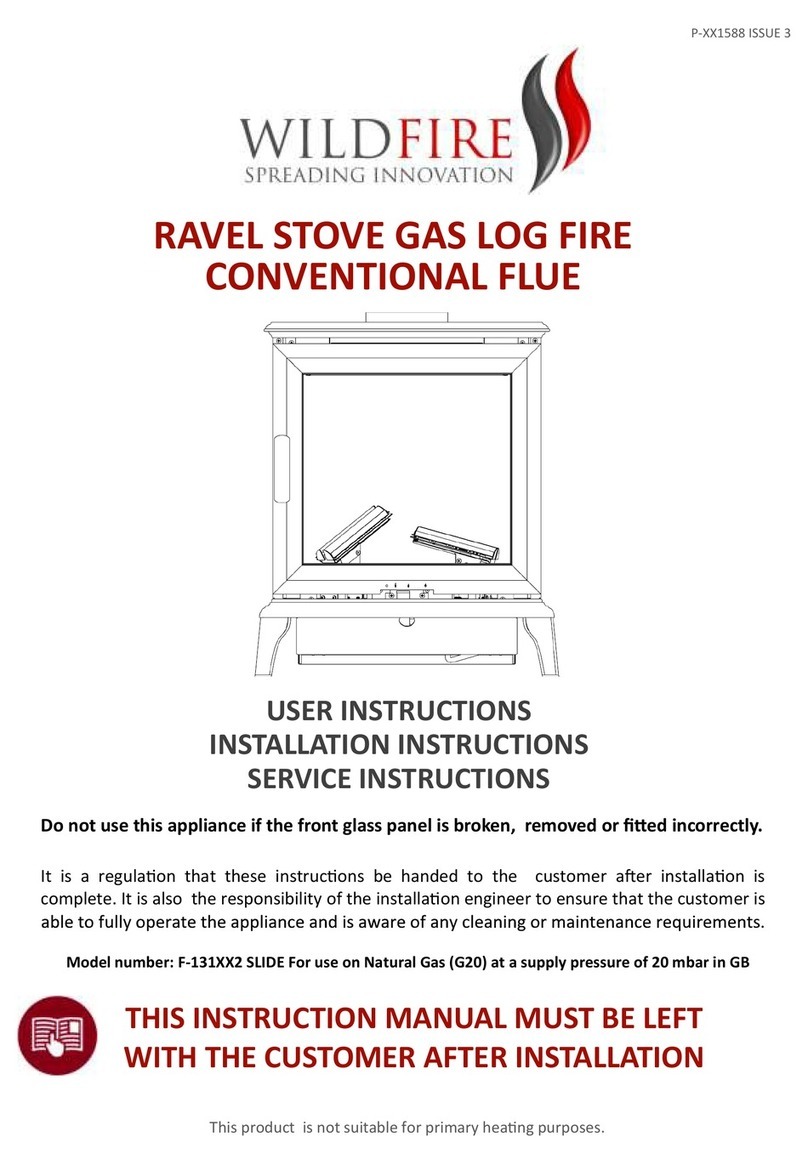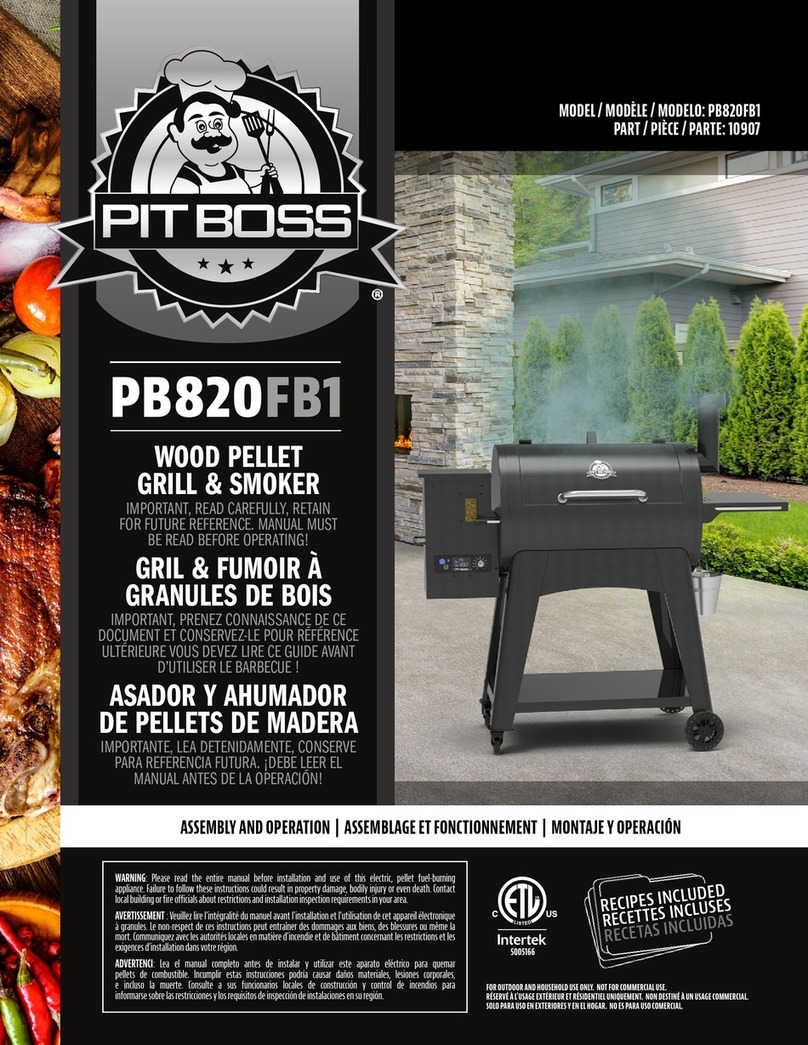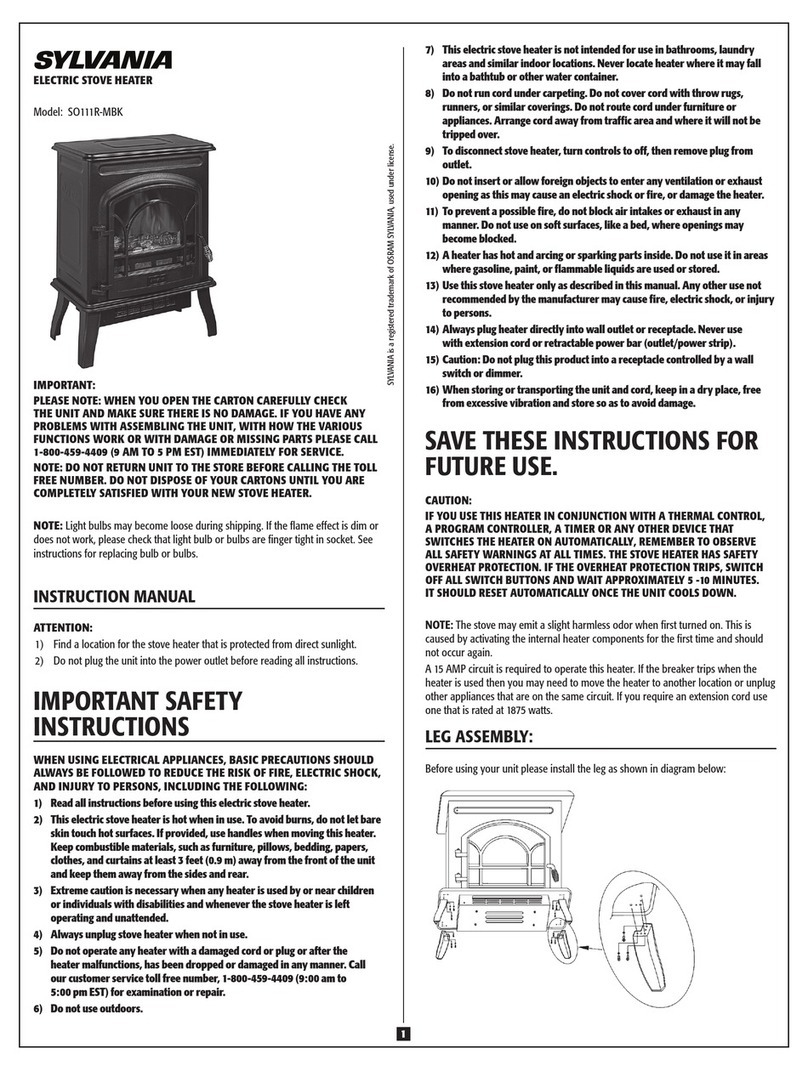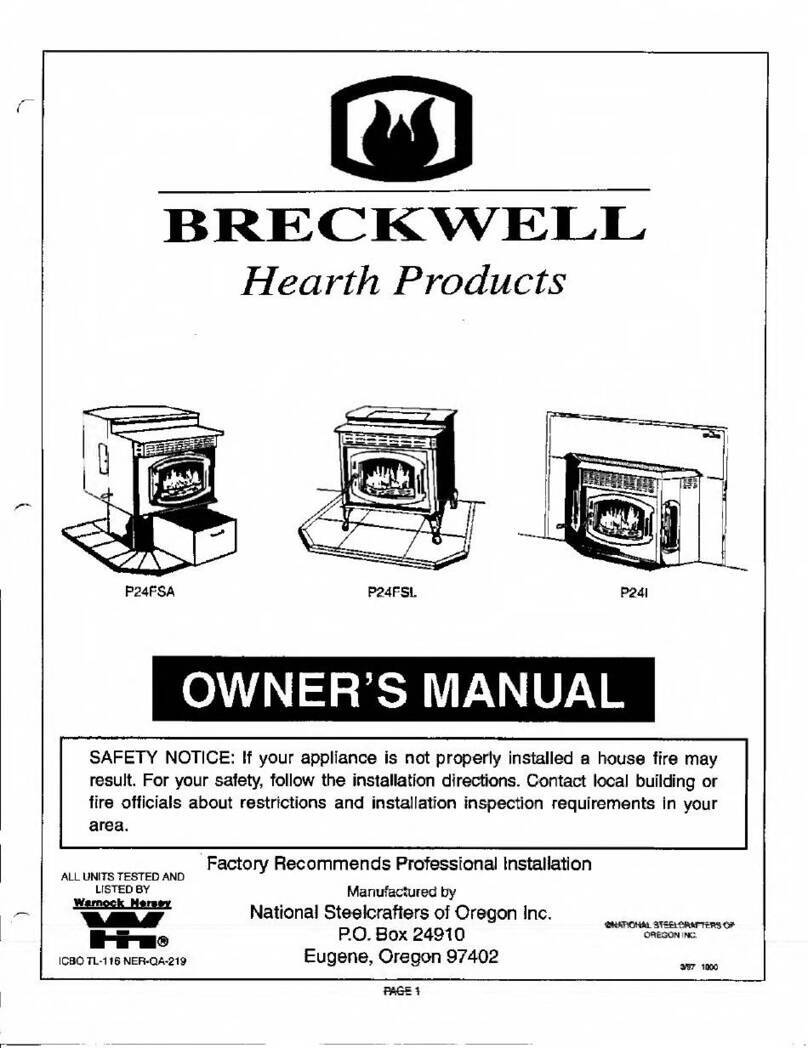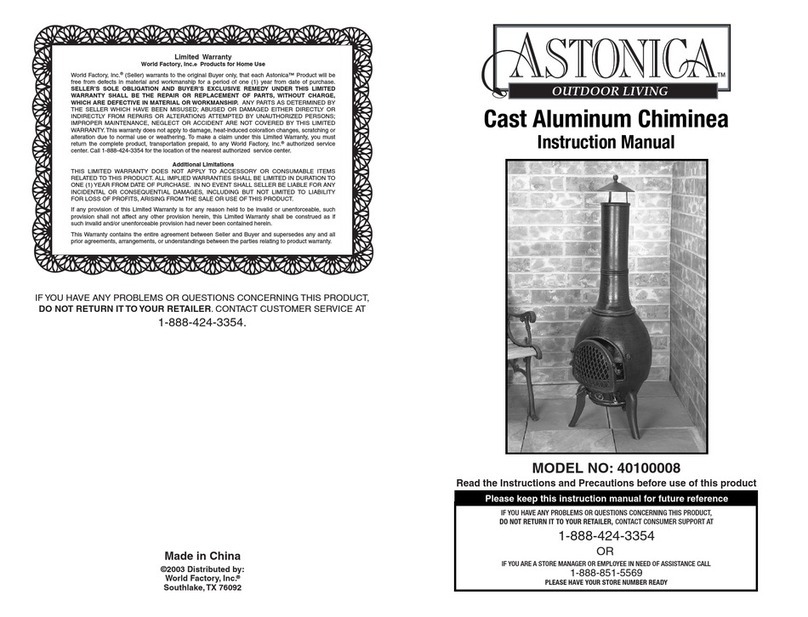Table of Contents
!
"#
$%%%&
'
(
) (
*+
$%'%,
('%%%%-.
' .
/%
0
!%%
+1
,/!
.2%
!
30%
)
(
'%%+
-%,
3 ,
4,
5.
6%%.
'.
'%%1
!%-%&%%%
)
'%1
$%
-
41%
($%(
+(
,73% +
.60,

